Where to live in Spain as an expat?
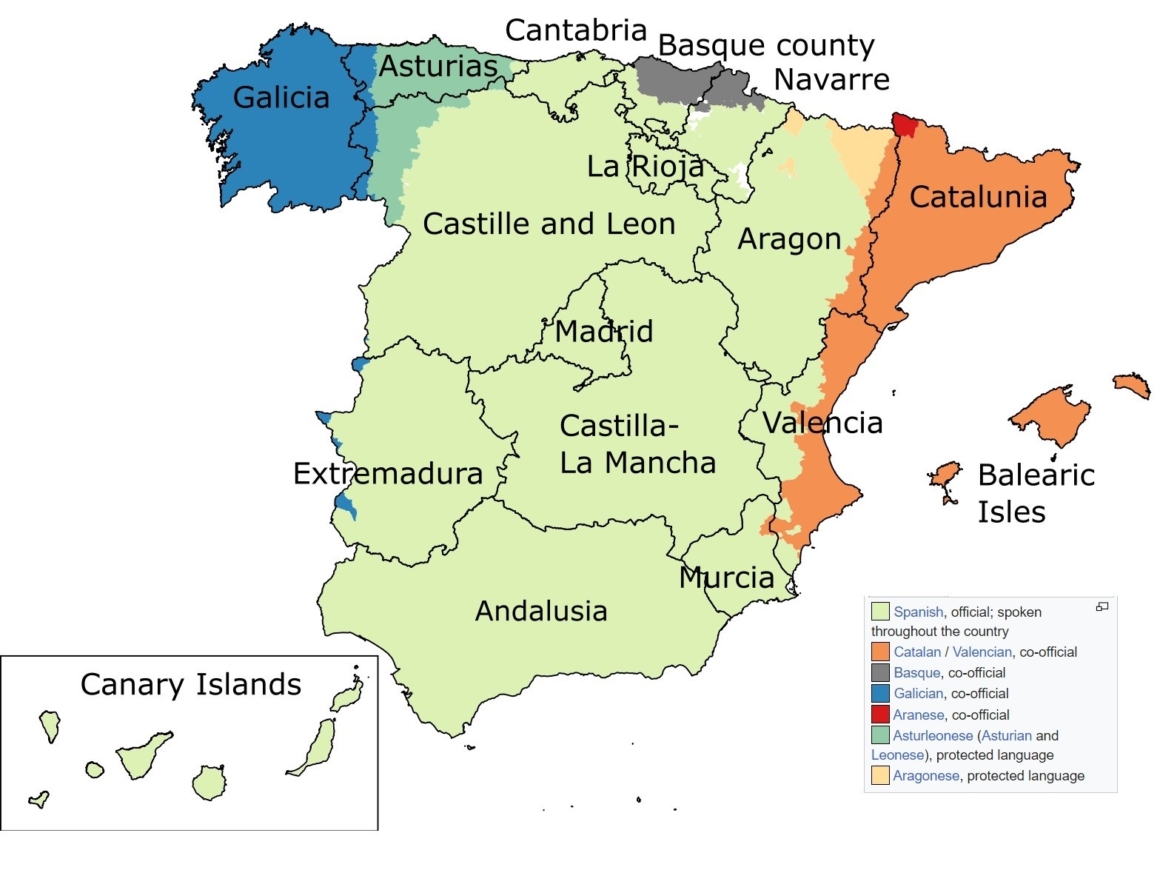
Where to live in Spain as an expat is a question that crosses everybody’s mind in the beginning of the moving process, probably because Spain offers many great options. I’ll try to help you make this choice and share a bit of the reasons why I chose the Costa del Sol.
Despite my own choice, I don’t think the Costa del Sol, or Malaga, or even Andalusia is the absolute right place for everyone – not at all. I actually think that, in order to chose where to live in Spain, it is better to start by thinking what we prioritize – what do we want the place to have or to be like. After we have a clear mind-picture, it is advisable to learn a bit about the different areas of Spain, to finally go to the map and find where we can find more of the things that matter to us. Let’s see where it takes you!
Best places to find a job in Spain
If you are planning to find work in Spain, the best places are either Madrid or Barcelona. Both cities are home to many of the biggest Spanish companies as well as big multinationals from Europe and abroad. They also are the two cities that receive more tourists in Spain, and have high cost of life compared to the other cities in the country.
I used the site indeed to make a comparison of job offers through some of the Spanish provinces. These are the results I found for the provinces listed below, as of August 2023:
Madrid: 20.923 job offers
Barcelona: 23.844 job offers
Valencia: 4.107 job offers
Malaga: 3.343 job offers
Balearic Islands: 2.203 job offers
I didn’t make any distinction between scholarity or pay levels in my broad search. Also, notice that the search was done for provinces, not cities. A province is more than a city; Benalmadena, for instance, is a city in the Malaga province – as are Torremolinos, Fuengirola, Marbella, Mijas, Estepona, etc.
Also worth of notice is that Malaga has a TechPark which has branches of some big names such as Accenture, Ericsson and Oracle. So if you are on the IT or business sectors, this may be a good area to look for opportunities too.
Best places for families with kids (or for language) in Spain
I believe anywhere in Spain is good for kids but there is one topic that affects their quality of life tremendously: language. You see, Spanish is spoken all around, but in some areas of Spain there is also another mandatory language being taught – and used – in schools and by the local population.
Personally, I think that it is already a big demand from parents to ask a school-aged kid to go learn math, science, etc, in a language they don’t know or don’t know well. It’s true that while kids are truly young (say, up to 5) they learn a new language very fast, but for kids older than that it can be a real struggle.
My Kiddo was already 7 when we moved, and I was feeling guilty that I’d put him through the hardship of learning Spanish on the go. For me, any place that had a second language on top of Spanish was out of question.

If you care about having one language only to learn, you should pick a place in the light green area above. If you also care about living by the sea, then it’s between Andalusia, Murcia and Cantabria.
Many people want to choose the school of their kids first and let that determine where the family will live. If that is your case, you should then define first whether you want their school to be international or local; if local, then private or public.
I understand letting the school determine the location if the goal is to enroll the kids in an international school, which in turn is a good choice for a temporary relocation. If one is going to live in Spain just for a short time, it makes sense to maintain the school system that the kid will go back to shortly (as in a couple of years). In that case, the choice would be among international schools of your nationality, and the availability of such schools would limit the choice of places.
For long term and local schools, though, I don’t think it narrows the choice. One can find suitable schools anywhere in Spain, as far as I know; and no one can know much about specific schools ahead anyway, because their sites show very little!!! If that is your case, I would recommend looking for areas that receive many foreigners, because they will have other foreign kids for yours to befriend, easing the transition. Also, in schools that frequently receive foreign kids, there can be some program to teach Spanish for foreigners, for instance.
Related:
Our experience with schools in Spain
International and bilingual schools in the Costa del Sol
Best places for low cost of life in Spain
As a rule of thumb, you can consider that the cities in the north of Spain tend to have a higher cost of life than the cities in the south, and the cities on the coasts to be more expensive than the ones inland. Salaries are higher in the north, but so are rents, property purchase prices, consumer goods and so on. Therefore, if you won’t need to find a job in Spain – if you are coming as a retired person and will have a non-lucrative visa (NLV), or if you are coming with a digital nomad visa – cities in the south and / or inland will offer more bang for your buck.
Numbeo comes in handy beautifully when we want to compare costs of life of different places. Here is a link for numbeo’s map where you can zoom in to see some of the main Spanish cities; if you go to the comparison part of Numbeo, they have many more Spanish cities than on the map.
Another very good way to compare cost of life between Spanish cities, in my opinion, is with Idealista. See what your budget can rent or buy in different parts of the country, as housing is such a major part of the overall cost of life.
On that note, see below a graph from the Spanish National Statistics Institute – INE – on Housing price per community. Don’t focus on the value – which is an index, not a monetary information – but on the differences between the areas. The taller the column, the more expensive housing is on that location.
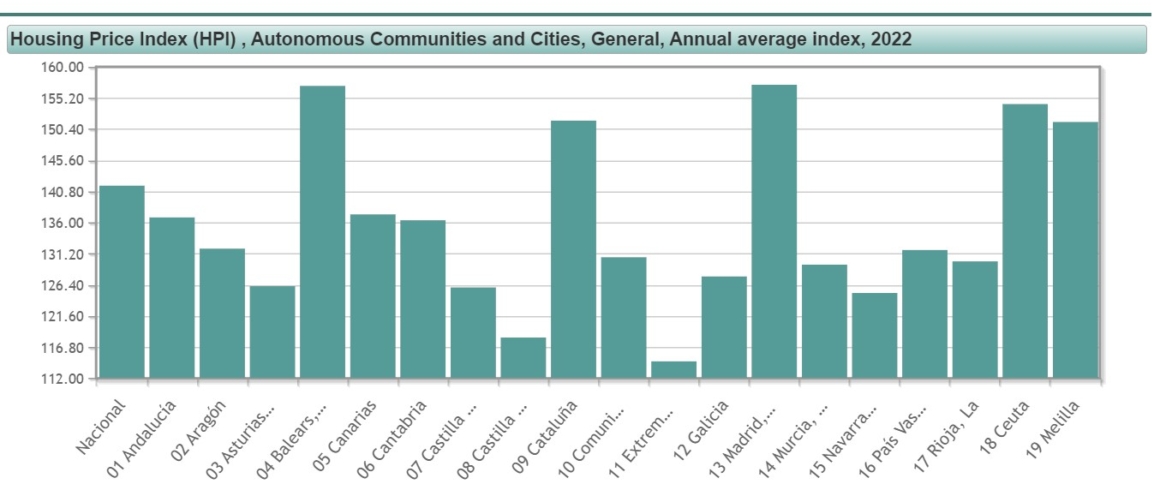
Related:
Effective ways to know your cost of life in Spain
Best weather in Spain
Hard to tell. As the definition of best weather varies from person to person, I’ll add here the map of climates of Spain (and Portugal!) that the Spanish meteorological agency published on their atlas. Now, because I chose such a technical source (way better than others online, come on!), the subtitles are not so easy to read. But bear with me, it is kind of interesting:
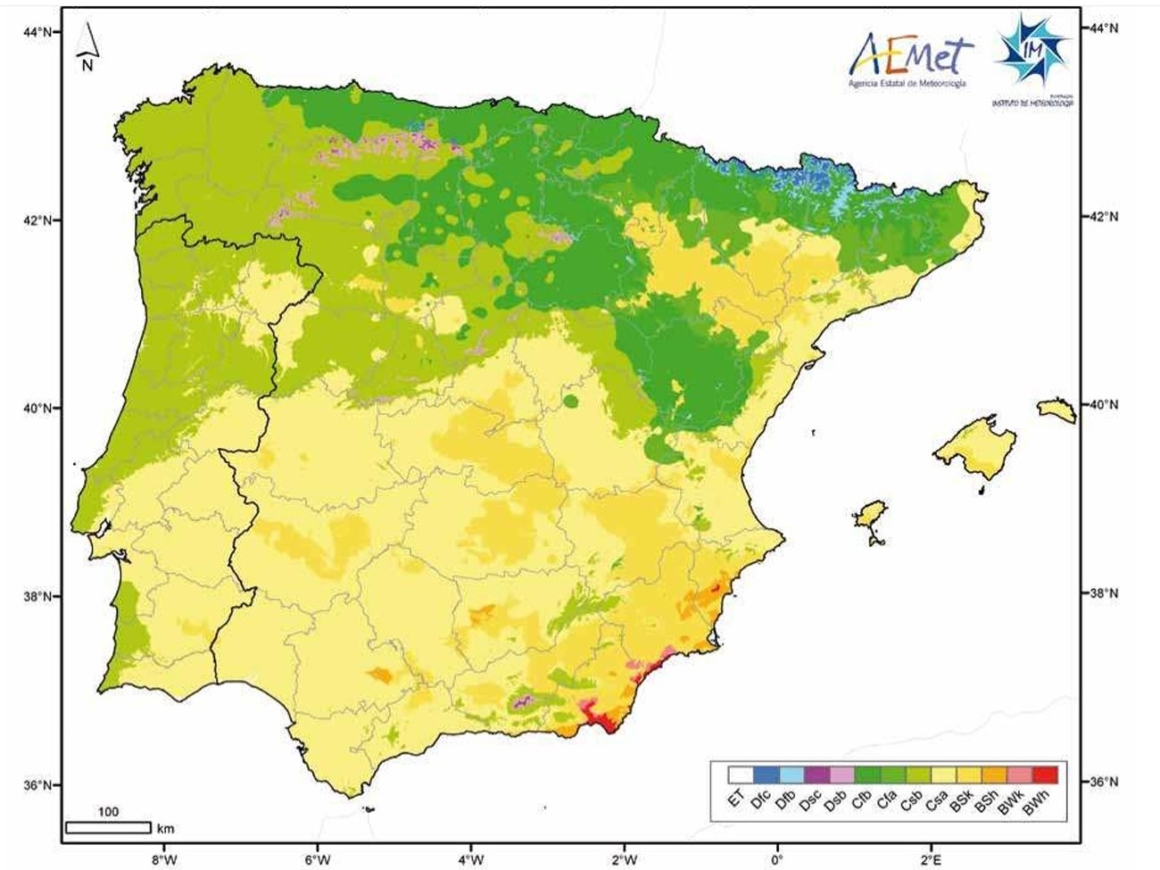
B: Dry climates (defined by the amount of rainfall)
BWh: Dry desert, hot
BWk: Dry desert, cold
BSh: Dry steppe
BSk: Cold steppe
>> Note: hot and cold in the B climates context refers to whether the average annual temperature is above or below 18C.
C: Temperate climates (defined as those with coldest months average temperature between 0 and 18C)
Csa: Temperate with dry and hot summer
Csb: Temperate with dry and mild summer
Cfa: Temperate without a dry season and hot summer
Cfb: Temperate without a dry season and mild summer
> Note: hot and mild in the C climates context refers to whether the average temperature of the hottest month is above or below 22C. Mild also needs to have 4 months or more with averages above 10C; without it, it would be considered fresh.
D: Cold climates (defined as those with coldest month average temperature below 0C and hottest month average above 10C)
Dsb: Cold with dry and mild summer
Dsc: Cold with dry and fresh summer
Dfb: Cold without dry season and mild summer
Dfc: Cold without dry season and fresh summer
> Note: like in C, mild in the D climates context refers to average temperatures of the hottest month below 22C with 4 months or more with averages above 10C; with less than 4 months, it would be considered fresh.
Whoa, now we can find a job at Aemet. If not, at least you have a base to choose the best climate for you. The whole Costa del Sol is in a Csa area – Temperate with dry and hot summer; I gotta say, I don’t think the summers are that dry here. It is true that it practically doesn’t rain, but air humidity feels high; perhaps a bit drier would feel better, because it would feel less hot.
Based on that impression, I think I’d pick Almeria (the eastern province of Andalusia) and Murcia as the best climates in Spain. On the other hand, the very green areas up north are green in real life too; with rain spread all through the year and a bit lower temperature than the south. They are beautiful areas and probably would be great for those that want to live in the countryside.
Now that we have seen the “best of” let’s dive into some preferences. As usual, there are no right or wrong answers, you pick what is right for you.
Rural or urban area?
If you choose to live in a rural area, consider picking a location that is “green” in the weather map. That is because lack of water is already a problem in Spain in some of the drier, inland areas; with more rain, the north areas should not have that problem. You may want to check Volver al pueblo (going back to the village), a public initiative to repopulate rural areas – it is only in Spanish, but I guess you do speak the language if you are considering living in the countryside, right? I think you won’t find many English speakers there. Also, Idealista has a small list of villages that are paying for people to live there – good!
If you choose to live in an urban area, then go to the next question!
Related Post:
Life in the Spanish Countryside
Small town or big city?
When it comes to city size, you can choose plenty in Spain. There are both small and big cities on the coast, inland, in drier or wetter climates. Leaving all else aside, would you rather live in a big city – busy, full of resources and job offers, with shopping centers, airports, heavy traffic and pollution or in a smaller one, with less of the good and of the bad?
On this one, I picked “a small town close to a big city”. It is also an option 🙂 The idea was that I could let Kiddo walk around and not worry – he will be a teenager soon – or worry a bit less than I would in a big city. Also, less traffic and pollution. At the same time, not so far from a big city, so I could go to the cinema from time to time. And with the train, I can get to Malaga in less than half an hour!
For those looking for big cities, here is a list of the biggest cities in Spain, with their population amount for 2022. I filtered cities with at least 300.000 people on the INE’s database.
| City | Population |
| Madrid | 3.280.782 |
| Barcelona | 1.636.193 |
| València | 792.492 |
| Sevilla | 681.998 |
| Zaragoza | 673.010 |
| Málaga | 579.076 |
| Murcia | 462.979 |
| Palma | 415.940 |
| Las Palmas de Gran Canaria | 378.797 |
| Bilbao | 344.127 |
| Alicante/Alacant | 338.577 |
| Córdoba | 319.515 |
Spanish flavor or cosmopolitan lifestyle?
The most authentic Spanish flavor will probably be found in the rural areas, and more in the south of Spain – where people are proud of their nation – than in the north, where, well, there is some separatism – that doesn’t fit very well with keeping a culture alive, does it?
For big cities rich in Spanish culture, I’d keep my focus on Cordoba, Sevilla and Granada, for their amazing architecture and history. Yes, I know there are historical gems everywhere (even in Benalmádena!) those 3 are just the ones that ring the most to me as cultural hotspots. I’ll include Barcelona as well, because of Gaudí. Ok, ok, Malaga has Picasso and the Alcazaba!!! This list can go very long…
But I believe Spain is culturally rich almost everywhere. This land was occupied by Romans, Arabs and Christians; you find their influences mixed in the streets, languages, uses, celebrations, food and looks of the people. That mix, in my opinion, is the most fascinating fact about Spain.
I don’t think that cosmopolitan areas, where even more cultures have been mixing nowadays (the touristic hotspots, to be clear) are less cultural or have less Spanish flavor – on the contrary, the more mix, the more interesting, as I see it.
I strongly disagree with people that say the coastal areas are less Spanish because of the number of foreigners. I think we (foreigners!) add more than we subtract. Anyway… it’s up to you. Keep in mind that areas with many foreigners have bilingual schools 🙂 and that if you are not fluent in Spanish, having a community in which you can integrate while you don’t master the language is a plus.
Very closely related post:
Is Spain full of foreigners?
Close to the sea or inland?
There are both big and small cities inland and by the sea. The coastal ones tend to have a higher cost of life, because they attract more foreigners, which in turn increase the demand for housing in those areas.
Islands or mainland?
I would advise against volcanic islands, dear reader, for your safety. The Canary Islands are volcanic, but the Balearics are not. They are all gorgeous and quite tempting. Of course, life on an island is more expensive than on the mainland. Check also hospital availability, as in an island you are limited to the local resources, which may be relatively small compared to mainland.
How we made our choice
At the beginning, I wanted to move to Portugal (I’m a native Portuguese speaker, so that would make my life easier. Kiddo doesn’t speak Portuguese, though), but I didn’t know where in Portugal. I already knew I wanted to live in a small town close to a big one and close to the sea, but had not found a place that held my attention.
One day, by chance, I saw a TV show about Malaga (House Hunters), and I thought the city was amazing. I fell in love. Checking more online, I saw it had everything I wanted, and then some. So I decided to check Spain further, because maybe there where other places that would also be as impressive. And you know what? There were. Quite a few, actually!
My top priority was making it as smooth as possible for my son. I wanted a one-language only place right from start, though I did feel temporarily tempted to go to Valencia, because it is also great and had a lower cost of housing than Malaga (at least when I was looking).
I didn’t need to look for a job, because Hubby and I work for his company, from home; I wanted to be by the sea, and as for the weather, I thought hot would be better to enjoy the sea (and that was all I thought about the weather).
I knew I wanted mainland, both because everyday products (supermarket stuff) tend to be cheaper if they don’t have to come by boat and because I want to grow old in Spain, so I wanted to be relatively near to a big hospital.
One-language only + sea + budget: these were my choices, and they already put me very much on the south of the country – between Andalusia and Murcia.
Between very Spanish or cosmopolitan, I was tending to cosmopolitan, as I associate it with a more active scene – and I don’t really consider these to be opposites. And my most specific requirement was to live in a small city (less pollution and traffic) close to a big one (to find anything the small one couldn’t provide, such as an airport or that big hospital we’ve talked about).
So I had it narrowed down to big cities in the coastal area with nice small cities nearby: Granada, Cádiz, Murcia and Malaga where my main contenders. From these, only Malaga and Cadiz where really coastal. I gave up on Cadiz when I checked their prices – there is an American base near Cadiz, and I think the American presence has caused some American prices to pop up there. On top of that, the more I read about Spain, the more I fell in love with Malaga and with the Costa del Sol – and the more I knew for sure that it was the place where I wanted to live.
Conclusion
The conclusion is all yours! Name your priorities – jobs? Kids? Cost of life? Weather? Another one? And start narrowing down the options. The more you know about Spain, the better, so you can choose an ideal fit. Once you know the general area that suits you the best, start studying the cities / towns or rural areas of the place, until you find the perfect location. I hope you have a great on-line journey (or maybe you can travel and come to see a few areas?) and that you end up in a place that you like as much as I like the Costa del Sol. Enjoy your search – and let me know your choice in the comments!

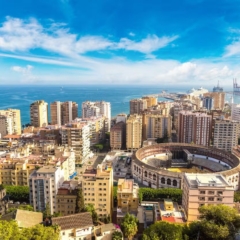

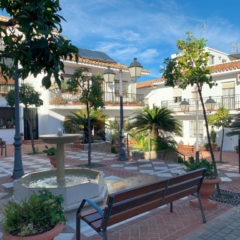


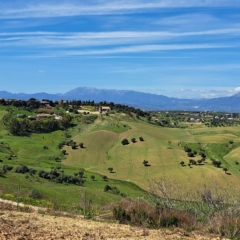


I loved it!
Thank you!♥️
Thank you, I hope it helps!
Good afternoon !
Congratulations for your blog 👏🏼
Thank you for the detailed description of Malaga & the towns around 🫶🏼
We are a childfree couple that is seaching from ~ 3 years in Spain an area where we would like to live forever.
We’ve seen almost all the Costs, however we did not find anything ( except a flat in Alicante that is rented ) I am no longer a city person, but I do prefer a town with good public transport…
The last choice we have is Costa del Sol & really your site helps us with great informations about the towns around Malaga. We are planning a trip soon.
And hope this time we’ll make our decision🤞🏼🤞🏼
Best wishes !
Laura,
Thank you for your kind comment!
I hope you like the Costa del Sol, it is a beautiful place and (some of) the towns have good public transport – I think it will be a match! Best of luck on your search!
Thank you for the encouraging answer !
I hope we’ll find it this time,
searching for a town to make it home, while none of us is from there, can be difficult… However, we did enjoy this journey, but it will be time to decide soon. I have a good feeling about Costa del Sol 🙌🏼
Really, you’ve got one of the best blogs for an expat in Spain 👏🏼
Regards